what we learned too late about kitchen lighting
eastbaymom
13 years ago
Featured Answer
Sort by:Oldest
Comments (10)
dlr98004
13 years agolast modified: 9 years agosabjimata
13 years agolast modified: 9 years agoRelated Discussions
What did we learn from that late freeze?
Comments (6)The weather this year has really be devastating as has already been discussed. I am concerned about what the winter brings. My 3 crepe myrtles lost some limbs but are now blooming. Both of my rose bushes lost limbs. One is a yellow climber and it lost all but 2 limbs and I have had to cut it back drastically. It has had only 3 blooms. The other one I had to cut back to the ground but it has come back somewhat. The drought is really hard on the veggie garden. Even with me watering 3-4 times a week I see distress. You can only water so much. It hasn't affected the zuchini though. I've had about 4 bushel off of 3 plants. It looks like it was fed steroids. :) The only thing that seems to like the drought is my black eye susans. They are blooming profusely... I drive Pellissippi Pkwy. every day and off in the distance you see quite a few of yellowed trees and the daffodils did not bloom along there this year as they have in the past. Lets hope we get lots of slow rain soon....See MoreHaving anxiety about my design... and its too late to turn back
Comments (2)Completely normal. We tried to put a kitchen in that end for you, way back when. Remember having to move the dishwasher to move something big up from the basement? Yikes. The doorways made it impossible and moving it opened up a few options you tried before narrowing down to the plan that met your goals and family needs best. No plan is perfect or can have everything. Please have peace over the fact that you did the best you could for yourself. It will be SO much better than you have now. I still have anxiety over my plan as I work in our new kitchen. The thing is, I still don't have all my shelves, most of the cabinets aren't painted, etc., so it's neither functionally nor visually how I wanted it yet and I have to wait til it's complete to give it its chance. We all have to make compromises. My kitchen will be fine and so will yours, I'm sure. We get so crazy over analyzing what we've designed, but have all moved into houses and their pre-existing kitchens, barely giving any of these details much thought...Just making do and finding places to fit things, whether they were convenient and efficient or not. But we were still excited to have a new kitchen and we still made it work in the long run. Look how far ahead in the game we are with kitchens we thought so long and hard about!...See Morewhat kids learn that we dont even realize they are learning
Comments (17)Here's a good one for you all: My FSD's BM took a job offer in New Mexico. (FSD is 13 y/o.) Well, as previously mentioned, BF basically gave up all rights to have any say-so as to where his DD lives when he signed divorce papers he didn't even read and gave BM Sole Managing Conservatorship. So, before FSD moved, BF was talking with her and it came up that he should probably have new custody papers drawn up to make sure BM flies FSD home once a month (as BM said she would do). BM has a tendancy to say whatever she has to to make a situation non-confrontational at the time and then do whatever she wants anyway (by not answering calls or e-mails until it's too late or something of that sort). So, anyway, FSD screams out "No! I don't want t be like (my DS name)!" First of all, I've only been to court 3 times with my DS's BD. The first was for the divorce hearing, the second for enforcement (both within 6 months of eachother and like almost 6 years ago) and teh third because the AG of Texas wanted to adjust CS. None of which has ever involved BF or FSD and hasn't changed any custody or visitation. Secondly, how would she know any of this if we hadn't even told my DS? Obviously BF has told her. I was so angry with BF that he would discuss any of this with a minor child who has absolutely nothing to do with the situation. So what did she tell her BM? Even worse, what did she tell my DS? That's what I was worried about. BD and I decided that, since none of the court appearances changed anything, we didn't need to talk to our son about them. What if FSD told him some skewed version of what she heard? He would've been upset. Thankfully, she didn't talk to DS about it. But BD and I talked to him so that, just in case she did, he would hear the truth first....See MoreCan we talk about dimmers for LED lights in the kitchen
Comments (18)Heard back from Lutron: Thank you for your interest in Lutron products. We do have several low-voltage controls that could control your magnetic and electronic low-voltage transformers. Some of our most popular dimmers are the Diva and Maestro lines. Diva MLV model numbers can be found here; Diva ELV model numbers can be found here. Maestro MLV model numbers can be found here; Maestro ELV model numbers can be found here. Unfortunately, there is currently no industry standard for the manufacturing of LEDs and the performance will vary with different dimming controls. We have not tested the LED fixtures you inquired about, so we are not able to guarantee a dimming solution for them. I suggest contacting the manufacturer to see if they can give you a dimmer recommendation based on their compatibility testing....See Moreartemis78
13 years agolast modified: 9 years agoarisyap
13 years agolast modified: 9 years agojanwad
13 years agolast modified: 9 years agorunninginplace
13 years agolast modified: 9 years agoles_bailey
13 years agolast modified: 9 years agodiy_mike
13 years agolast modified: 9 years agokaren_belle
13 years agolast modified: 9 years ago
Related Stories

FUN HOUZZEverything I Need to Know About Decorating I Learned from Downton Abbey
Mind your manors with these 10 decorating tips from the PBS series, returning on January 5
Full Story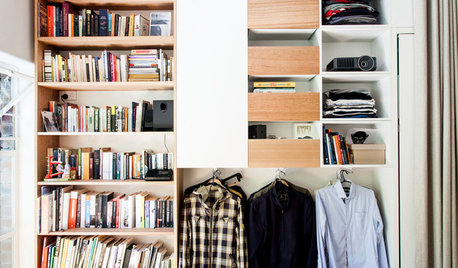
LIFELate Again? Eliminate the Things Holding You Up in the Morning
If you find yourself constantly running late for appointments, work and get-togethers, these tips could help
Full Story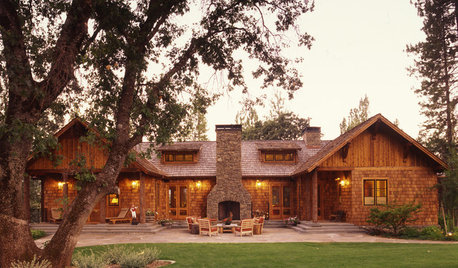
CONTRACTOR TIPS6 Lessons Learned From a Master Suite Remodel
One project yields some universal truths about the remodeling process
Full Story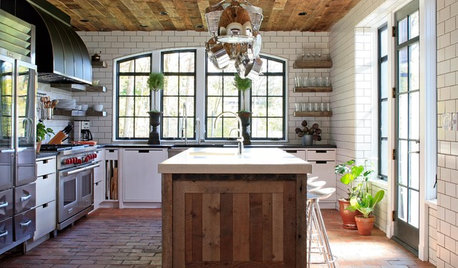
KITCHEN DESIGNWhat to Know About Using Reclaimed Wood in the Kitchen
One-of-a-kind lumber warms a room and adds age and interest
Full Story
MOST POPULARWhat to Know About Adding a Deck
Want to increase your living space outside? Learn the requirements, costs and other considerations for building a deck
Full Story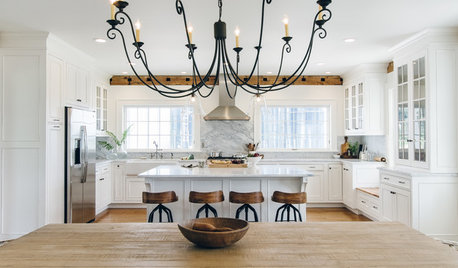
WHITE KITCHENS4 Dreamy White-and-Wood Kitchens to Learn From
White too bright in your kitchen? Introduce wood beams, countertops, furniture and more
Full Story
MOST POPULAR15 Remodeling ‘Uh-Oh’ Moments to Learn From
The road to successful design is paved with disaster stories. What’s yours?
Full Story
DECORATING GUIDES10 Design Tips Learned From the Worst Advice Ever
If these Houzzers’ tales don’t bolster the courage of your design convictions, nothing will
Full Story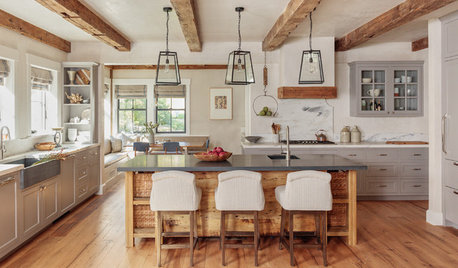
WORKING WITH PROSInside Houzz: What You Can Learn From a Houzz Photo
Get access to the designer's info, product names, other photos in the project and much more by clicking on a Houzz image
Full Story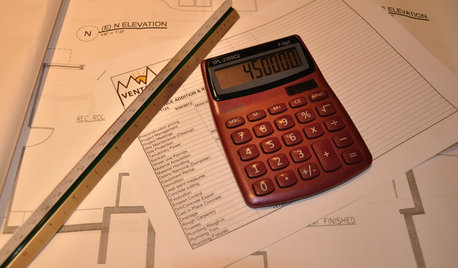
CONTRACTOR TIPSLearn the Lingo of Construction Project Costs
Estimates, bids, ballparks. Know the options and how they’re calculated to get the most accurate project price possible
Full Story




formerlyflorantha